
“If all men are born free, how is it that all women are born slaves?” – Mary Astel
As the internet becomes an increasingly important part of our lives, it has become an even more important space for marginalized demographics to express themselves. Unfortunately, online abuse and violence have become an all too common experience for many web users.
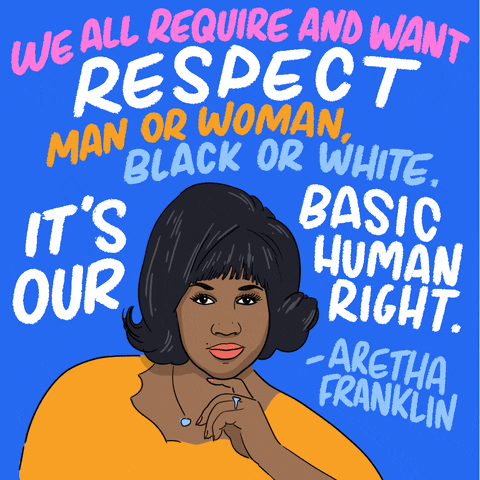 This is especially true if you are a woman from a religious, minority, or ethnic-racial group, a woman with a disability, or any mix of these. In general, this type of abuse and harassment fosters a dangerous online environment in order to shame, intimidate, or degrade you. That said, not all forms of online abuse are considered crimes, but they all have an impact on your human rights as a woman, as your inability to feel safe online impedes your freedom.
This is especially true if you are a woman from a religious, minority, or ethnic-racial group, a woman with a disability, or any mix of these. In general, this type of abuse and harassment fosters a dangerous online environment in order to shame, intimidate, or degrade you. That said, not all forms of online abuse are considered crimes, but they all have an impact on your human rights as a woman, as your inability to feel safe online impedes your freedom.
The Global Problem of Online Violence Against Women
According to a recent Amnesty International poll conducted in collaboration with Ipsos MORI, out of the 23 percent of women questioned across all 8 countries – about a quarter – had experienced online violence. When this statistic is compared to the polls survey about men’s experiences with online violence, it appears that women are disproportionately targeted by online abuse and disinformation attacks.
What is Driving Gendered Online Violence?
Some social psychologists use gender role theory to explain online harassment and threats directed at women. Women who exhibit “male” traits may be perceived as violating traditional social norms and are frequently the target of online violence and harassment. 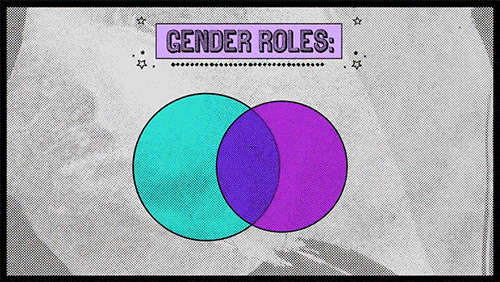 Thus, online harassment could be interpreted as a form of gender role enforcement made easier by anonymity. However, online abuse directed at political women is not just the result of everyday misogyny; it is sometimes used as a weapon by threat actors to silence vocal women.
Thus, online harassment could be interpreted as a form of gender role enforcement made easier by anonymity. However, online abuse directed at political women is not just the result of everyday misogyny; it is sometimes used as a weapon by threat actors to silence vocal women.
The Various Forms of Online Violence Against Women
One of the first things to remember is that online violence against women is a branch of offline violence against women. It should therefore come as no surprise that it can include both indirect and direct threats of sexual or physical violence. According to one Amnesty International poll, 26 percent of women who said they had experienced online harassment had been threatened with sexual or physical violence. Such abuse can quickly spread into the offline world in some cases.
The threat of sexual and physical harm is only one form of online violence against women. If you are a woman on the internet, you may be subject to:
-
Doxxing
Doxxing happens when your personal information, such as your phone number, home address, and email address, is shared online without your permission. All with the intention of causing you pain.
 It is a menacing invasion of privacy because it exposes you to unwanted visits, calls, and comments from strangers. 17 percent of the women surveyed who had experienced online harassment or abuse said their personal information had been divulged online in this manner.
It is a menacing invasion of privacy because it exposes you to unwanted visits, calls, and comments from strangers. 17 percent of the women surveyed who had experienced online harassment or abuse said their personal information had been divulged online in this manner.
-
Trolling
Internet trolls are notorious for cruel harassment and abuse, often in the name of ‘fun,’ while remaining anonymous. Trolls enjoy it when people are upset about what they post, and they will frequently dismiss complaints about their behavior, so they post comments designed to elicit an emotional response from you. Their vitriol, when directed at women, is frequently misogynistic, sexist, and racist.
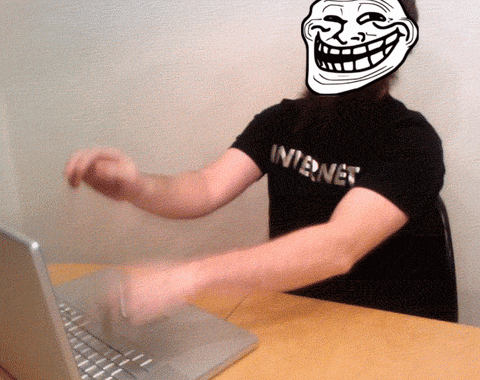
-
Targeted Harassment
In everyday life, it is not uncommon for marginalized groups, particularly women, to face harassment. Unfortunately, targeted harassment is so ingrained in many cultures around the world that it has its own pop culture references. Catcalling is a good example.
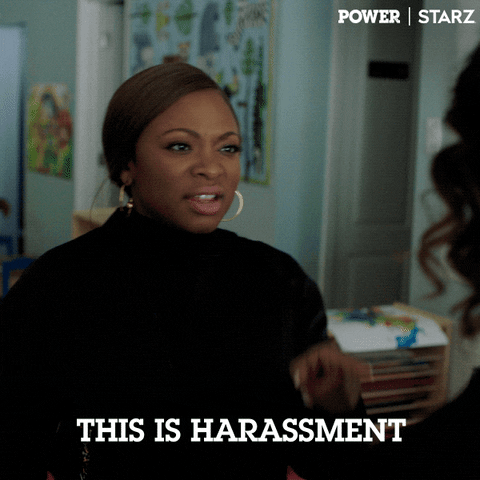
It gets worse: because the internet provides anonymity, it has become one of the go-to tools for people who want to harass women. They do this by using obscene images or comments.
One notorious case of online harassment in recent times is that of Seyi Akiwowo, a UK politician and the founder of Glitch! UK, an anti-online abuse campaign. Who was the target of online harassment after a clip of her speech at the European Parliament made headlines: “there were tons of… racist, hateful and sexist slurs and comments. I was on a neo-Nazi website, and their followers were encouraged to mob attack me on Twitter and YouTube.”
-
Cyberstalking
Cyberstalking is similar to traditional stalking in that it involves continuous behavior that causes you to feel fear and apprehension; however, with the emergence of new technologies, conventional stalking has assumed a new form through channels such as instant messages, email, phone calls, and the Internet in general.
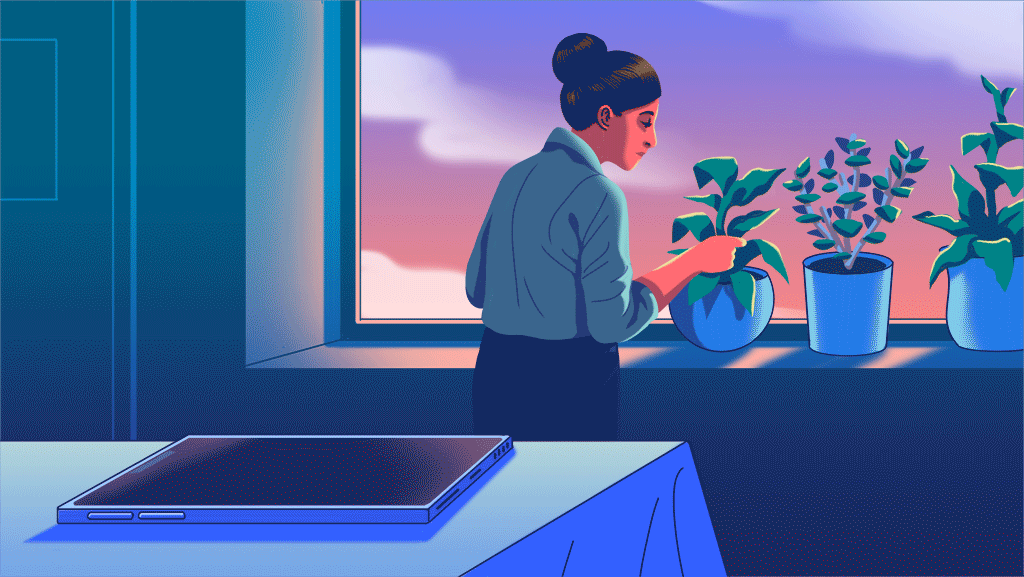 Caution: Cyberstalking is frequently accompanied by offline, real-time stalking. Never tolerate cyberstalking for too long; if you feel in danger, report the abuse to the police immediately.
Caution: Cyberstalking is frequently accompanied by offline, real-time stalking. Never tolerate cyberstalking for too long; if you feel in danger, report the abuse to the police immediately.
-
Private Image Abuse
Private image abuse occurs when someone threatens or shares an intimate video or photo of you online without your permission. This act, also known as “revenge porn,” is often perpetuated by an ex- intimate partner with the intent of humiliating, distressing, or blackmailing you.
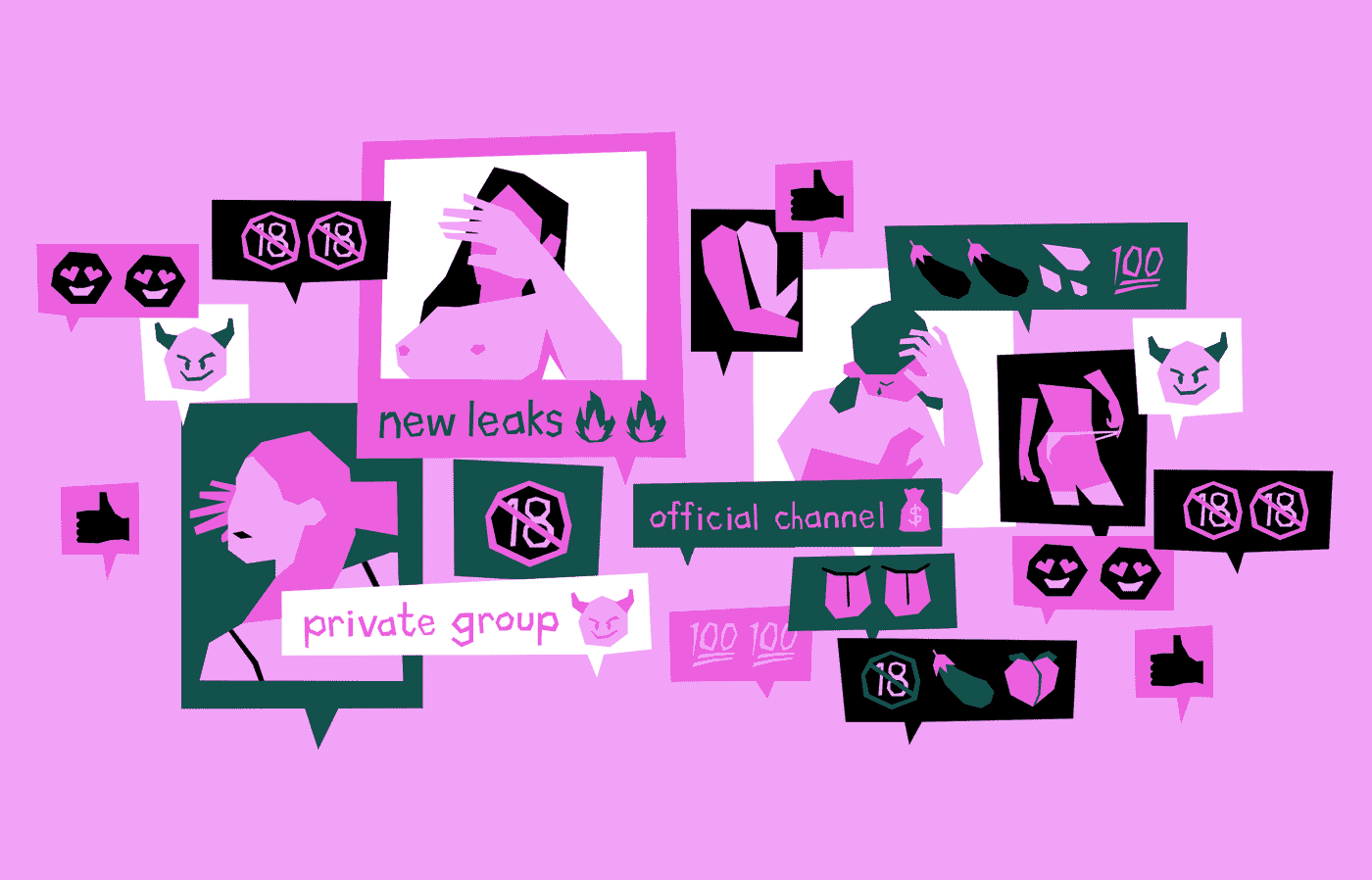
This is, however, a loaded and inadequate term that neglects to communicate that sharing such content infringes your privacy rights. Noteworthy Stats: 10% of women polled in the United States who had suffered online bullying or harassment reported being victims of this sort of online violence.
-
Catfishing
A catfish isn’t just a fish with a couple of whiskers. It’s a term for someone who claims to be somebody else online. It is a particularly cruel kind of online scam where a person on the internet will create a fake identity and try to seduce or romance their target.
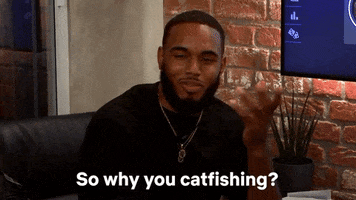
Catfishing veers into online violence territory when a Catfish account is in order to monitor, abuse, or harm your reputation.
6 Steps You Can Take to Protect Yourself If You Experience Violence Online
Since most of modern life is connected to our computers and phones, dealing with online violence can make you feel as if you’ve lost a safe space. Fortunately, if you are being targeted, there are steps you can take to keep yourself safe.
- Un-Friend and Block: you may not have control over who harasses you, but that doesn’t mean you have to put up with their bad behavior. So, do not hesitate to block harassing email addresses, social media accounts, and phone numbers.
- Update Your Privacy Settings: make sure your social media accounts have strict privacy settings to prevent future harassment. Setting your accounts to “private” or “friends only” on platforms such as Twitter and Facebook is a good option. Remember also to keep your personal information private: avoid posting your phone number, home address, job/school name, or any other personal information about yourself.
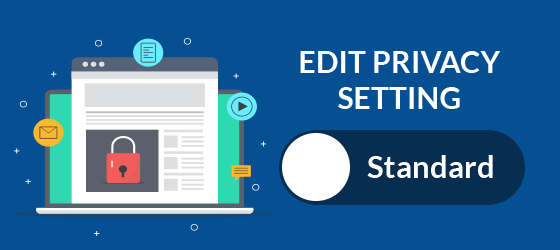 Pro Tip: Because online platforms’ privacy policies are constantly changing, you should keep a close eye on your privacy settings to ensure that they continue to protect your data.
Pro Tip: Because online platforms’ privacy policies are constantly changing, you should keep a close eye on your privacy settings to ensure that they continue to protect your data.
- Take a Break from the Internet: unplug your devices and store them somewhere out of sight. If that isn’t possible due to school or work obligations, uninstall social media platforms for a few weeks or disable notifications.
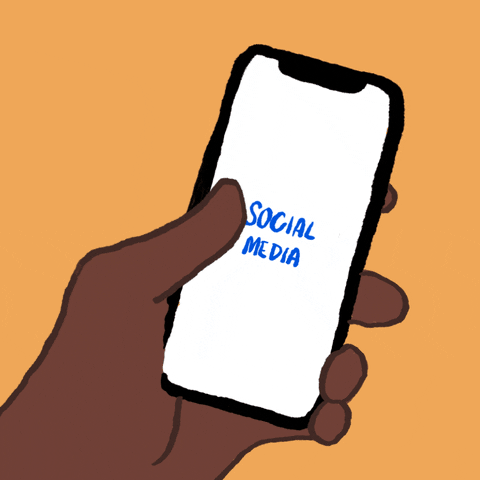 Pro Tip: Set aside 30 minutes twice a day for social media scrolling, or choose a social media-free day. Alternatively, you can limit your engagement to a few followers on your timeline and avoid everything else.
Pro Tip: Set aside 30 minutes twice a day for social media scrolling, or choose a social media-free day. Alternatively, you can limit your engagement to a few followers on your timeline and avoid everything else.
- Report Threats: If someone reveals your personal information, threatens your safety, shares explicit video and images of you without your consent, or calls your workplace, report it to the police immediately.
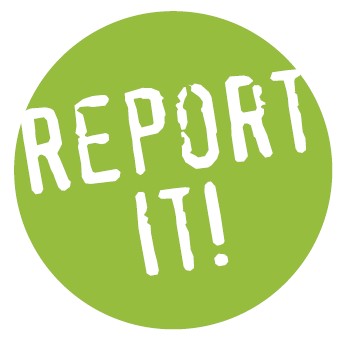 Pro Tip: save harassing texts, emails, or instant messages If you decide to file a police report, this will be crucial evidence. It is also important to confide in people you trust. You will require a great deal of assistance during this time.
Pro Tip: save harassing texts, emails, or instant messages If you decide to file a police report, this will be crucial evidence. It is also important to confide in people you trust. You will require a great deal of assistance during this time.
- Delete Your Data from Broker Sites: these websites, also known as people-finding databases, capture and curate personal information, which enables a lot of online violence against women. The good news is you can opt-out of many of these sites and prevent your data from falling into the wrong hands. All you need to do is contact the website owner and request that your information be removed from their database.
- Accept That This Isn’t About You: It may be difficult to understand how anyone would say hurtful things to someone they don’t know online, but people who harass and bully women are most often insecure about themselves. Remember that you are deserving of respect regardless of what others think. It is never your fault that you are the target of online violence.
Women must not hide to feel safe
We carried out a survey to celebrate women’s participation in technology for International Women’s Day 2023. In the survey women shared their experiences with online violence and the approaches they took towards making themselves safe, here’s what we found;
- 20% of the participants of the survey have experienced online violence such as, doxxing, cyberbullying, cyberstalking or blackmail.
- 50% of the participants who have experienced online violence also stated that they did not feel safe online after. 16% still felt safe despite the violent experience they had, while the remaining 33% made their pages private afterwards.
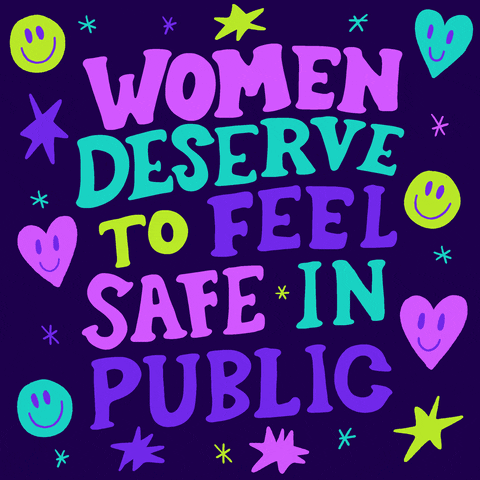 The fact that women have to hide or cower in order to feel safe means that more needs to be done for women to be confident in confronting online bullies and feel safe after any attacks on them.
The fact that women have to hide or cower in order to feel safe means that more needs to be done for women to be confident in confronting online bullies and feel safe after any attacks on them.
If you have any further questions about how to protect yourself from online violence, please leave a comment below, and we will respond as soon as possible. Don’t forget to share this post with other women in your life!